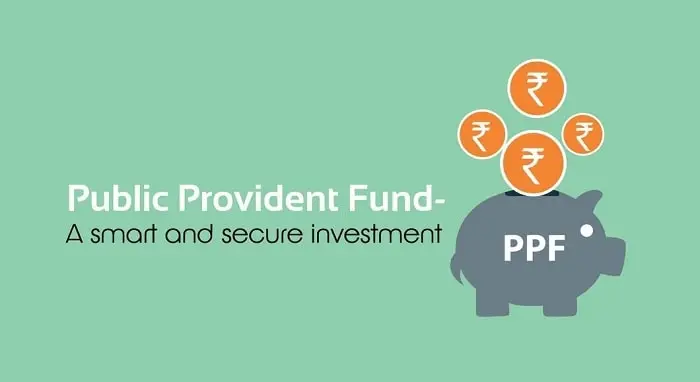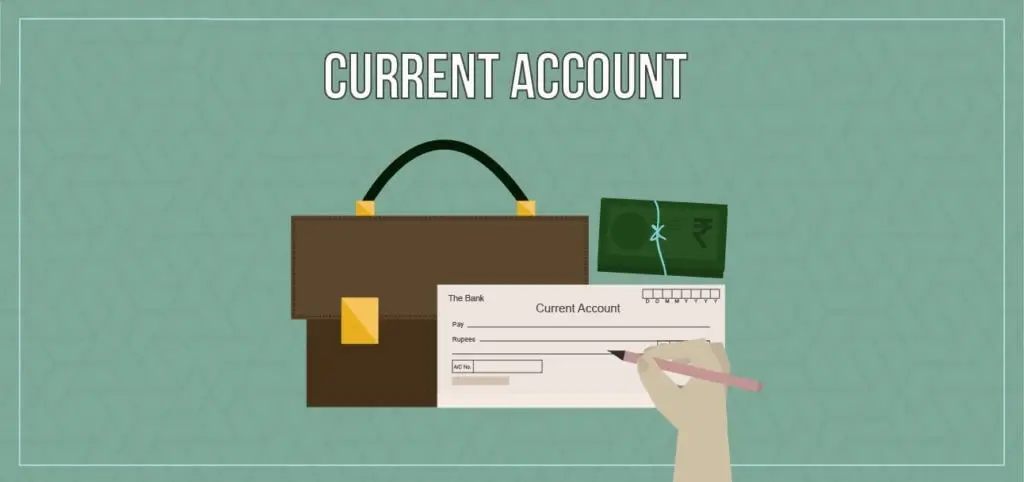PPF Full Form is Public Provident Fund, and it is a government saving scheme. The saving scheme is meant for long-term saving, and you can get a return at the end of the maturity period. The government pre-determines a rate of return for the PPF investments every year; based on that, the interest is accumulated in your account. The next year, you get interest on the new amount, which has a compounding effect. The typical tenure of PPF is 15 years; if required, you can extend the duration of PPF by five years by submitting an application.
In some cases, the government also allow partial withdrawal, but there are rules & regulations around it. If you want to know more about PPF, you can check all the possible information on this page. Go ahead and check out the pros and cons of PPF account.
🤔 What is PPF?

As mentioned earlier, PPF stands for Public Provident Fund. It is similar to the Employee Provident Fund, but the difference is that the PPF is for the public itself. Here, the employer doesn’t make any contribution. You can open a PPF account and deposit money in the account as per your required frequency. You start earning interest on the deposited amount. All the amount can be accumulated, and many people also use it at retirement. The interest rates here are dynamic, so the interest rate will change, but they are usually higher than fixed deposits.
👍 Advantages of PPF
Let us now look at all the benefits associated with PPF.
- Safe Investment – the central government backs PPF, which is one of the safest investment forms. The returns are guaranteed, and you will not lose your money. When you invest in PPF, be assured that your money is safe, just like it is in a fixed deposit.
- Tax Benefits – You can claim tax benefits for the investment in PPF. The amount is restricted to Rs 1.5 lakhs. These tax benefits are usually enough for a person to reduce the tax burden. So, another reason why people use PPF is to save tax and to build long-term savings for themselves.
- Assured Returns – The government pre-decides a rate of interest every year. Based on these rates, you get the interest in your account. The point to note here is that the returns are guaranteed. Moreover, the returns are higher than that of fixed deposits. So you never have to worry about the opportunity cost.
- Auto-Investment – You can create a standing instruction for the investment in the PPF. This way, the money will get auto-debited from your account every month. You can even select the investment date and thus manage the deduction with your income. The auto-investment model helps you bring discipline to the investment system.
- Flexible Investment Amount – The investment amount is flexible, so you don’t have to make high investments. The minimum amount that you can start your PPF with is Rs 500. There is no top limit. However, you would not be able to invest more than Rs 1.5 Lakh in the PPF.
- Loan Facility – After a certain period, the banks offer loan facilities on the PPF. You can use your PPF account as a guarantee and take a loan against that. You will be able to get up to 80% of the savings in most cases. Moreover, the rate of interest on loans against PPF is also low.
- Available for Minors – PPF can be started for minors if they have a guardian registered with them. So, you can even start a PPF saving for your kid, and the funds will mature when the child is ready to enrol in college. This will provide you with an excellent funding source for your child’s college or other significant milestones.
- Partial Withdrawal – After seven years of investment, the government allows partial withdrawal of funds from the PPF. This is undoubtedly an advantage as you can use these funds for marriage, home renovation, repaying the home loan or education. This way, you would not have to depend on a loan, and your savings will save the day for you.
👎 Disadvantages of PPF
There are also some drawbacks associated with the PPF. We have listed the drawbacks in this section.
- Lower Return – Even though the return offered by PPF is higher. The return is still lower than that of mutual funds. Always remember that the higher the risk, the higher the return. This usually justifies why mutual funds have a higher return, but you are still losing on the capital appreciation here.
- Long Lock-in Period – The long lock-in period of 15 years is a turn-off. This period is very high, so many people avoid investing in PPF. You can partially withdraw PPF after seven years, but that is also a long period. So, you need to ensure that you would not need funds during the lock-in period.
- Lacks Liquidity – There is a lack of liquidity when it comes to PPF. The loans can only be available after a certain period. Similarly, the inability to withdraw any money before seven years can give you a liquidity crunch in case you need funds.
Conclusion
This was all about the PPF. The good thing is that you can invest in PPF using net banking. If you want to initiate an investment, then login to your saving bank account and under the investment bar, click on PPF. You can choose the standing instruction and set up the PPF for yourself. It takes hardly 5 minutes to complete the PPF process, and you are later allotted a PPF number.
PPF Frequently Asked Questions
Q1. Should I invest in PPF?
Ans: We have shared the advantages and disadvantages of the PPF with you. After going through these details, you can take a call if you would like to invest in PPF or if it doesn’t make sense to invest in PPF. To summarise, we can say that PPF is a safe form of investment that offers higher returns than a fixed deposit. The loan facility is available on the PPF, and you also get certain tax benefits. In such a case, PPF is an attractive investment scheme. However, you must ensure that the lock-in period doesn’t impact you.
Q2. What Does The Lock-In Period Mean For A PPF Account?
Ans: The lock-in period for a PPF account is basically the time when you can’t withdraw the money that you’ve invested. It’s like a promise you make to yourself to save that money for the future. In the case of PPF, this period is usually 15 years. After 15 years, you can withdraw all your savings. But, after 7 years, you can make partial withdrawals in case of any emergencies.
Q3. What Happens To PPF In Case Of Death?
Ans: If the person who has a PPF account passes away, then their account will be closed. The money in the account will be given to the person nominated by the account holder. This is important because it ensures that the money saved in the account goes to the right person.
Q4. Can I Transfer My PPF Account From One Bank/Post Office To Another?
Ans: Yes, you can. This is very useful, especially if you move to a new place or if you find a better banking option. All you have to do is fill out some forms and submit them to the bank or post office where you want to transfer your account. However, you can transfer your account only once in a financial year.
Q5. Can I Nominate Someone For My PPF Account?
Ans: Yes, you can definitely nominate someone for your PPF account. Nominating someone means that you are assigning a person to receive the money in your account in case something happens to you. You can nominate one or more people for your account. In case you have multiple nominees, the money will be divided among them according to the percentages specified by you at the time of nomination.














